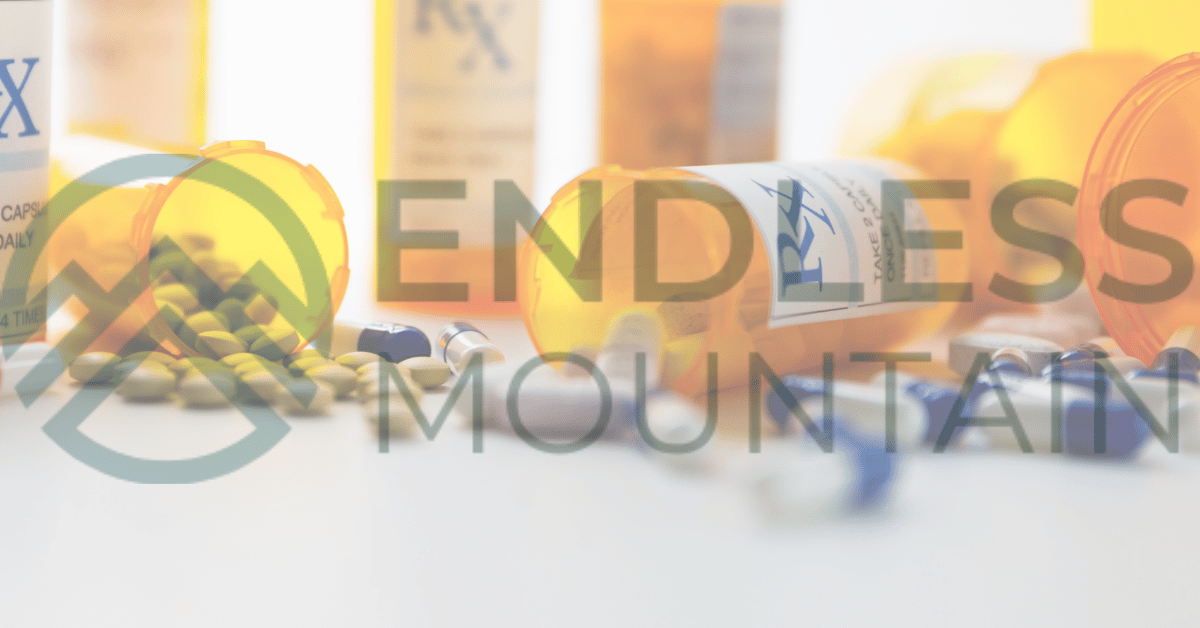Prescription drug abuse is a growing concern across the United States, affecting individuals of all ages and backgrounds. While these medications are designed to treat legitimate health conditions, they are often misused due to their powerful effects. Understanding why prescription drugs are so commonly abused can help individuals recognize the risks and seek appropriate treatment when needed.
1. Accessibility and Availability
Prescription medications are widely available, often prescribed for common conditions such as pain, anxiety, and attention disorders. Many individuals have easy access to these drugs through their own prescriptions, family members, or friends, making them more susceptible to misuse.
2. Perceived Safety
Because prescription medications are approved by doctors and regulated by the FDA, many people assume they are safer than illicit drugs. However, misusing these medications—by taking higher doses, using them without a prescription, or mixing them with other substances—can lead to addiction and severe health risks.
3. Euphoric Effects
Certain prescription drugs, especially opioids, benzodiazepines, and stimulants, produce euphoric effects that can be highly addictive. Many individuals misuse these medications to experience a high, leading to continued use and dependency.
4. Pain Management and Self-Medication
Opioids like oxycodone and hydrocodone are commonly prescribed for pain management, but prolonged use can lead to dependence. Some individuals turn to these medications to cope with emotional distress, trauma, or mental health conditions, unknowingly increasing their risk of addiction.
5. Pressure to Perform
Stimulants such as Adderall and Ritalin are often misused by students and professionals seeking increased focus and energy. The pressure to succeed academically or professionally drives many individuals to misuse these drugs, believing they will enhance cognitive performance.
6. Withdrawal Symptoms and Dependence
Many prescription medications create physical and psychological dependence, making it difficult to stop using them without experiencing withdrawal symptoms. Individuals who initially take these drugs as prescribed may develop tolerance, requiring higher doses to achieve the same effects, leading to misuse.
7. Social and Peer Influence
Young adults and teenagers are particularly vulnerable to prescription drug abuse due to peer pressure. Social settings where prescription medications are shared or recreationally used can normalize drug misuse, increasing the likelihood of addiction.
8. Lack of Awareness and Education
Many people do not fully understand the risks associated with prescription drug misuse. Without proper education on the dangers of addiction, individuals may believe these medications are harmless when taken outside of their prescribed guidelines.
9. Doctor Shopping and Illicit Markets
Some individuals engage in “doctor shopping”—visiting multiple doctors to obtain multiple prescriptions—or purchase prescription drugs illegally. This behavior contributes to widespread misuse and addiction.
10. Co-Occurring Mental Health Disorders
Many individuals with anxiety, depression, or PTSD turn to prescription medications as a way to self-medicate. Without proper mental health treatment, they may become reliant on these drugs to function, leading to prolonged abuse and dependency.
Seeking Help for Prescription Drug Abuse
If you or a loved one is struggling with prescription drug misuse, help is available. At Endless Mountain Behavioral Healthcare, we offer specialized treatment programs to help individuals safely detox, manage withdrawal symptoms, and develop healthier coping strategies.
Recovery is possible. Contact us today to learn more about our comprehensive addiction treatment programs and take the first step toward healing.

